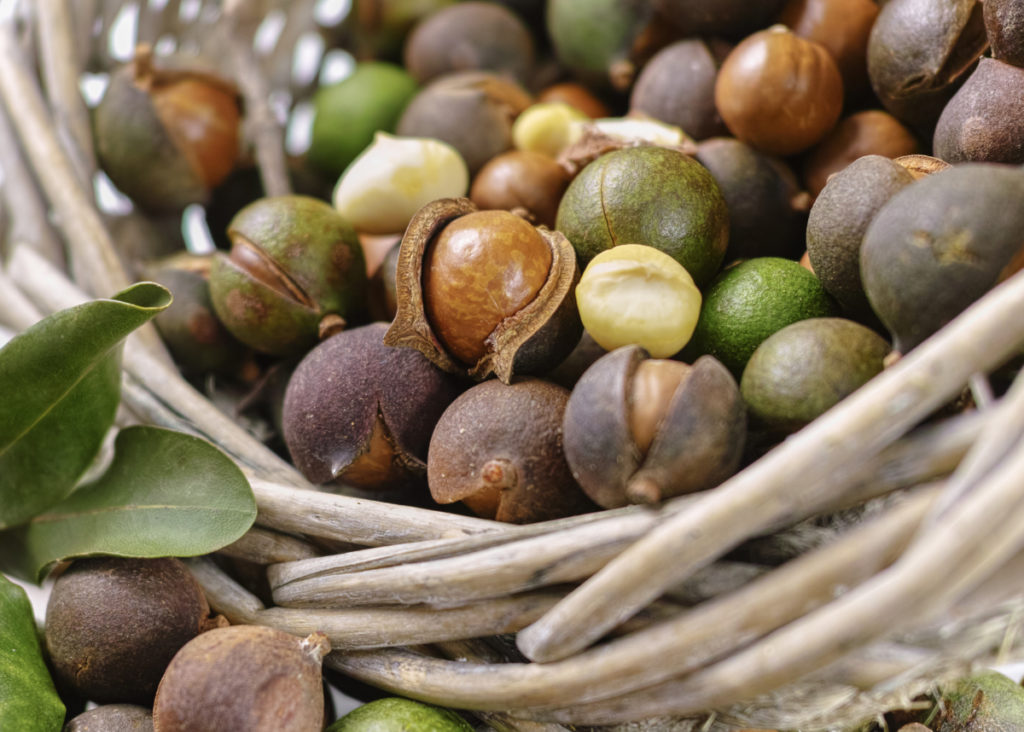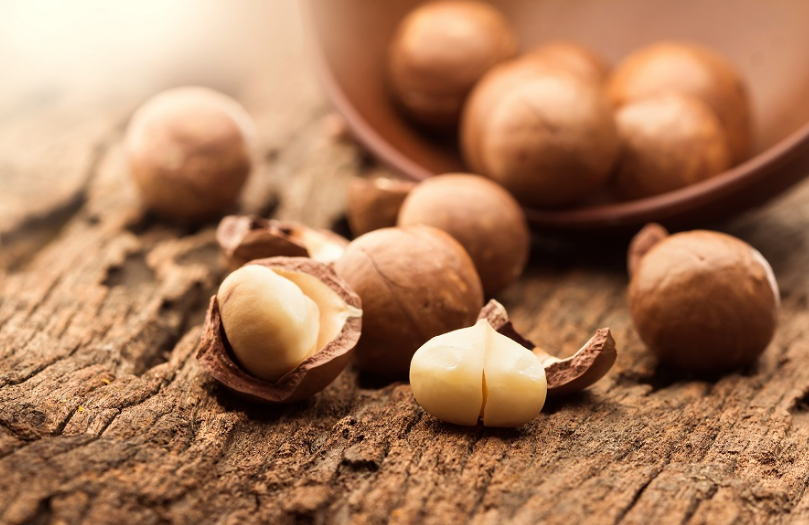
The Bundaberg Region has had a bumper macadamia season, cracking crop expectations and reinforcing its reputation as Australia’s premier producer.
This season the Australian macadamia crop will exceed expectations, as announced by the industry’s peak body, the Australian Macadamia Society (AMS) this week.
Australian Macadamia Society CEO Jolyon Burnett said in the past three to five years the Bundaberg Region had experienced more macadamia growth than any other region in Australia.
“Bundaberg is definitely the premier growing region in Australia, for a number of reasons, foremost because local farmers with a long history in the region turn their experience of the land to farming macadamias,” he said.
“We are seeing third and fourth-generation farmers moving from cane to macadamias, and they bring their knowledge of the land with them.”
Last year Bundaberg produced 19,975 tonnes of macadamias, which was 43 per cent of the Australian crop.
Marquis Macadamia CEO Larry McHugh said coming the end of their first processing season, after launching in February this year, was looking positive for the future macadamia growth in the region.
“The crops have been good, and we have received good prices as the world-wide demand continues to grow for the native Australian nut,” Larry said.
“Bundaberg is definitely the expanding region when it comes to growing macadamias and we are happy and proud to be part of that.
“Bundaberg has the perfect location, perfect climate with the ideal amount of sunshine to grow macadamias.
“At the moment the demand for macadamias is ahead of the supply.”
Larry said as 70 per cent of their macadamias were shipped around the world, and they overcame exporting difficulties during the year with COVID-19, to ensure their products kept up with the global demand.
Bundaberg Region Australia’s premier producer
Jolyon said the water security in the Bundaberg Region was a major factor as to why more people were turning away from other crops to grow the native nut.
“With Paradise Dam there was plentiful and affordable water,” he said.

“That water security helped farmers through the recent droughts of 2018-2020 as Bundaberg did better than other regions, so it is a draw card to the area.
“And we hope that won’t change for the future and Paradise Dam is reinstated.”
He said another factor was that property sizes and pricing in the Bundaberg Region were ideal compared to other locations.
“In northern New South Wales some farms are 15 hectares, but around Bundaberg there are easily 100 hectares farms,” he said.
“This scale is a major benefit in the industry; and the pricing is better than other regions also.
“The last three years we have definitely seen growth, with 3000-5000 hectares more in the region.
“There’s a good chance we will see further capital investment in macadamias in Bundaberg in the future.
“We are now approaching 60 individual macadamia farms in the Bundaberg Region. And it is pleasing to see a good mix of family farms and corporate macadamia farms as farming families are important to Australia.
“And we are seeing a lot of innovation coming out of Bundaberg also, with new innovative technologies being produced in the region.”
This year’s macadamia crop forecast
This year’s crop is now forecast to reach 42,000 tonnes in-shell at 3.5 per cent moisture (45,000 tonnes at 10 per cent moisture), 15 per cent higher than the original estimate of 36,500 tonnes in-shell at 3.5 per cent moisture (39,000 tonnes at 10 per cent moisture).
“Growing regions impacted most by unprecedented dry conditions have generally performed better than anticipated,” Jolyon said.
“The majority of the crop has now been harvested, and the quality of nuts is very good despite the drought conditions leading into the season.”
He said substantial rainfall in January in all growing regions had helped to ease the extreme conditions.
“Throughout the season, growers continued to focus on improving their orchard floor management, which is integral to managing soil moisture. This investment in soil health helped to maintain trees during the drought.”
The latest Australian macadamia industry crop estimate is based on forecast intake provided by the Australian Macadamia Handlers Association (AMHA) to the end of September. The AMHA represent 97.5% of production in Australia.
The final figure for the 2020 crop will be announced by the AMS in early December.





Great to see the macadamia industry is doing well in our area and the future is looking good for the industry as a whole.